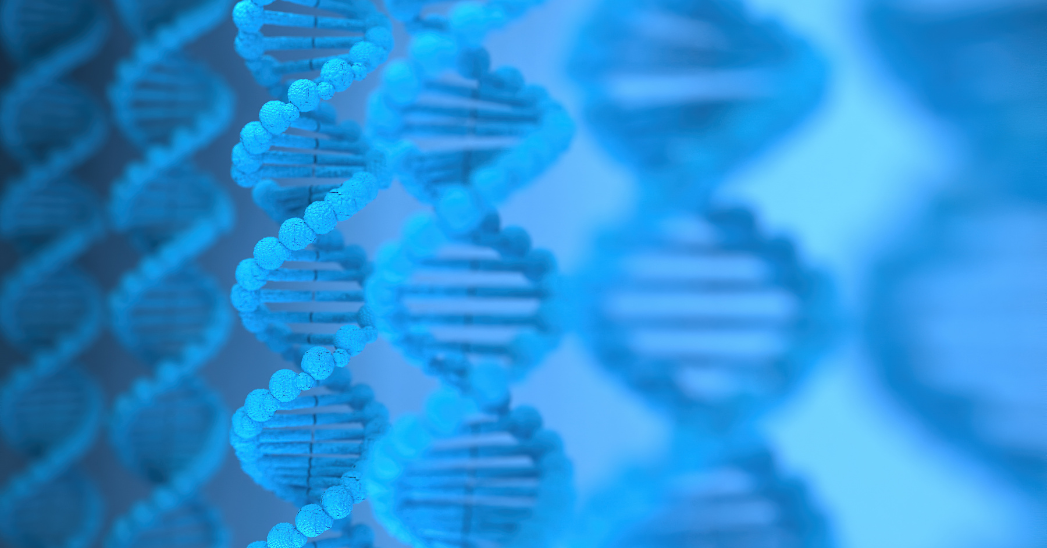
Update of SNPs and gene names list
BioCertica Content TeamWritten by: Nermin Đuzić, M.Sc. in Genetics, Content Specialist
Peer-reviewed by: Edin Hamzić, Ph.D. in Genetics, Chief Science Officer
When you open your genetic testing results in our BioCertica app, you will notice the list of genes for every trait we offer in our DNA kits. For example, to reveal your genetic susceptibility for decreased or increased Vitamin C levels, we look at the following genes: AKT1, SLC23A3, FADS1, CHPT1, SLC23A1, RER1, BCAS3. More precisely, we look at SNPs present in these genes and specific for you. Let’s first recall briefly what SNPs are.
Single-nucleotide polymorphisms (SNPs) are the most common type of genetic variation, where a single nucleotide at a particular position in the individual’s genome differs from the same nucleotide in the genome of another individual [12, 13]. At BioCertica, we analyze your genetic makeup and look for specific SNPs and their correlation with particular traits and conditions.
Now let’s go back to the list of genes mentioned above. Each human genome comprises ~30,000 genes, and each gene can contain hundreds of SNPs. It means that we end up with millions of SNPs in our genes, and these SNPs, along with other types of genetic variations, make us unique.
Each of our current 75 BioCertica traits has a corresponding list of genes, like the one for Vitamin C, mentioned earlier. Each of these gene lists is created according to the list of SNPs found within these genes. A list of SNPs is derived either from the GWAS catalog or PGS catalog, free online databases with scientifically backed-up information on SNPs and their associations with diseases and phenotypes, as well as their polygenic scores.
Although GWAS reports the majority of SNPs, the definition of gene borders is not unified, as this often depends on the authors of GWAS studies. SNPs are found in the DNA between genes within flanking regions. An SNP can belong to two adjacent genes, sometimes posing disambiguation when mapping SNPs and genes. Let’s consider the example illustrated in Figure 1 and retrieved from UCSC Genome Browser.

Figure 1: A SNP belonging to two genes
Here you see that SNP rs6506931 is located at the 15-kilobases-long flanking region between exons of two genes: DSG2 and TTR2. For such overlapping, we say that an SNP belongs to two genes simultaneously. However, on the top you will see labels with dashed lines, which means that so far we used to map SNPs to only one of the possible two genes the SNP belongs to. With this update, we include both genes that overlap with this SNP as represented by solid lines.
Update to PRS followed by an update of the gene list
We realised that gene boundaries vary a lot from study to study, and we needed to find a way to standardise their definition and rely on a single source. To provide the best possible content according to the best practices and ensure the best user experience, we decided to unify and standardise SNP- to-gene-mapping procedure and use only the ENSEMBL database as the basis for SNP mapping. It means that now you can expect a somewhat different list of genes compared to what it used to be on your app.



